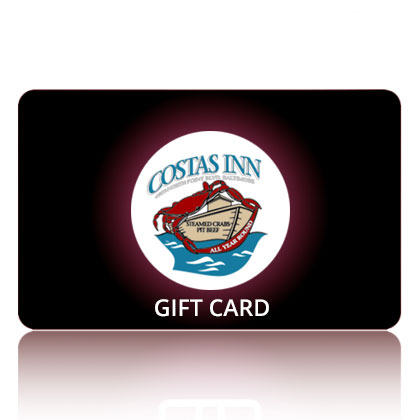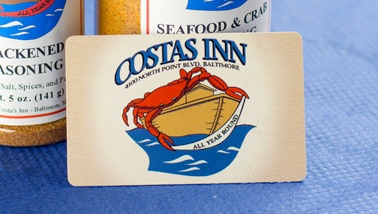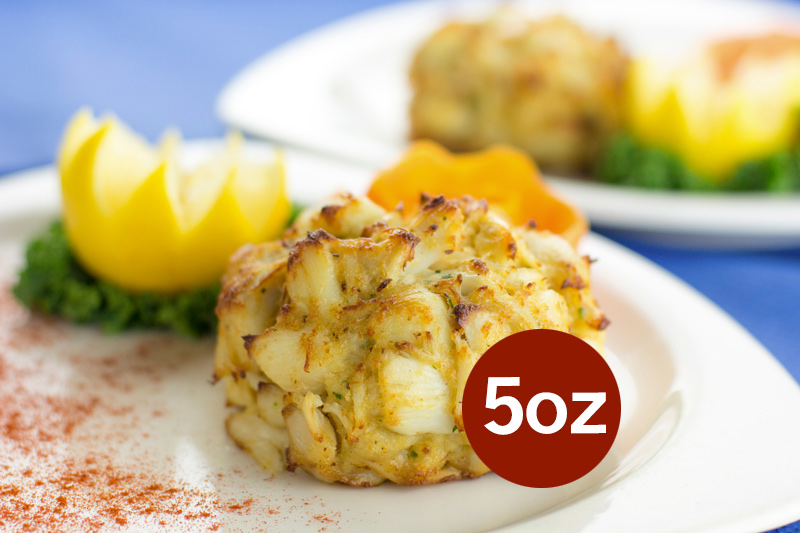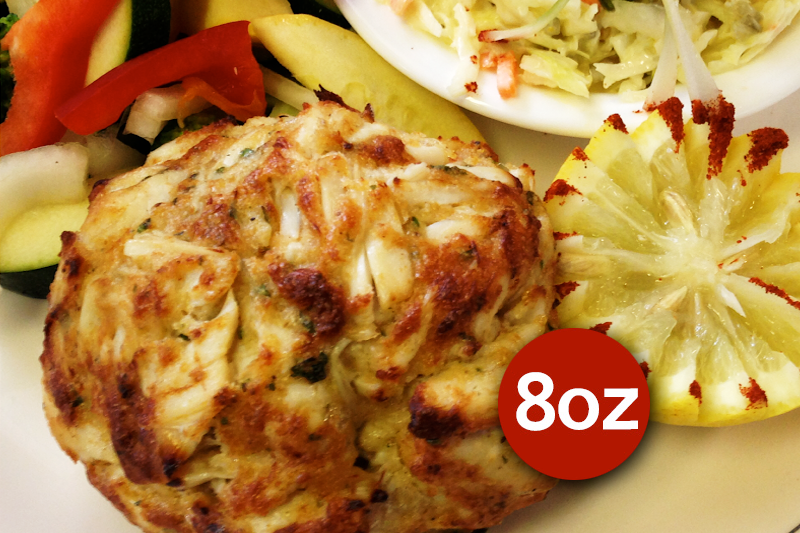After the crabs of Christmas Island have completed their mass migration to the shore where they spawn and leave their eggs, the larvae develop into crabs and hatch in a months’ time. During a good year, the mini crabs will start a migration to the forest that’s as impressive as the one their parents initiated at the start of the season. But when predators present in the water threaten the population, the brood of new life isn’t as impressive. Overtime, though, these fluctuations even out, since it takes approximately four years for newborn crabs to be able to reproduce, meaning that ultimately the Christmas crabs maintain their impressive population size.
One of the biggest threats to the Christmas crabs’ survival? The most seemingly innocent insects: yellow crazy ants, an invasive species that came to the island with its early settlers, over 100 years ago, and was an established species by the mid-1930s. Though they were relatively harmless for many years, but the late 1980s, these ants began forming supercolonies made up with numerous queens and over much larger territories. These crazy ants release formic acid, which, in spite of the red crab’s protective shell, penetrates the animal, causing blindness and then death. How many red crabs were wiped out by their much smaller but still lethal predator? By 2002, an estimated 20-25 million.
In efforts to save the native red crabs, Christmas Island authorities dropped 12 tons of fish meal mixed with “fipronil,” into an area with the ants in 2003, effectively helping to reduce the overpopulation of ants – but the ants have begun reestablishing themselves, and their ultimate effect on the red crab population is yet to be determined.
At Costas Inn, we love our crabs, and we only hope the Christmas Islanders will be able to continue to delight in the amazing spectacle of the annual red crab migration for years to come. Come to Costas Inn, a seafood restaurant in Baltimore, Maryland, and enjoy some our beloved blue crabs for dinner!
Get your fill from Costas even when you’re not in our dining room: follow us on Facebook,Twitter, Google+, Pinterest, and YouTube!
Source:





